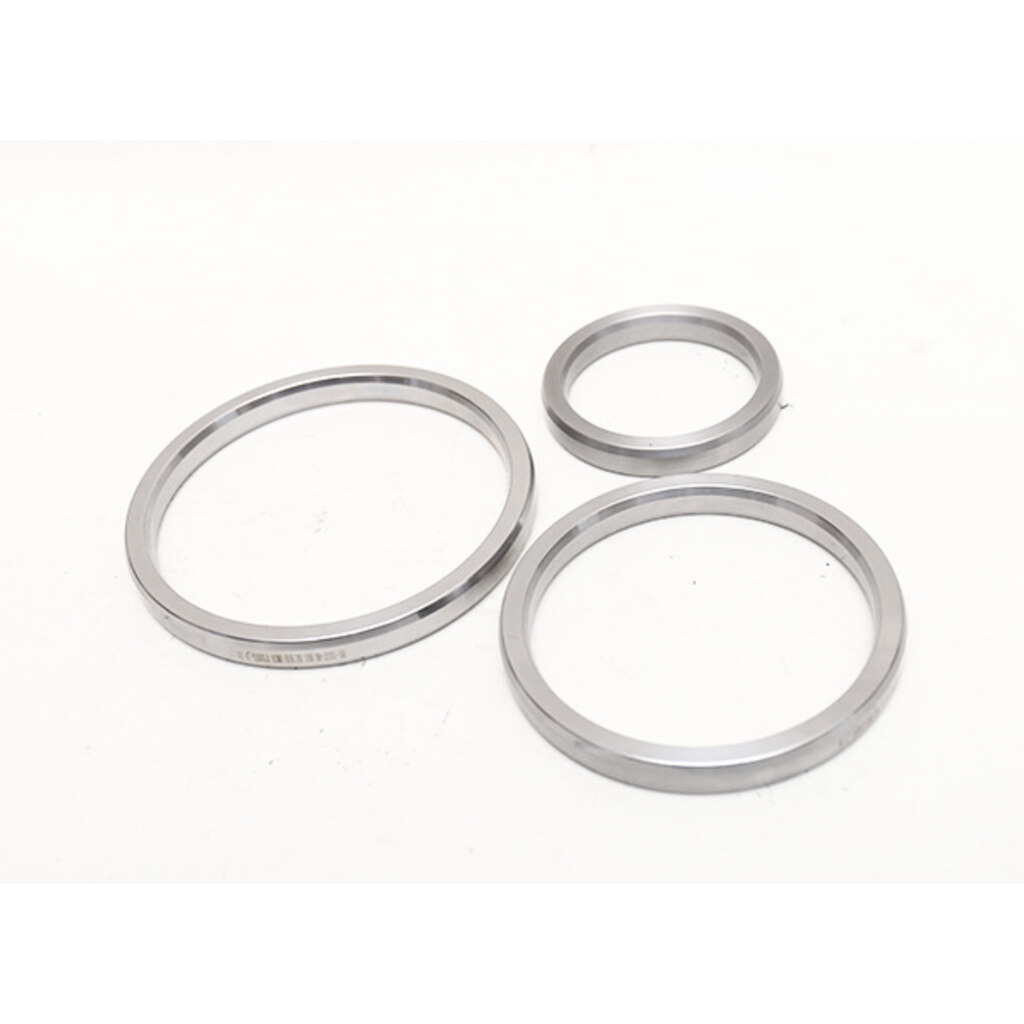Email format error
Email cannot be empty
Email already exists
6-20 characters(letters plus numbers only)
The password is inconsistent
Email format error
Email cannot be empty
Email does not exist
6-20 characters(letters plus numbers only)
The password is inconsistent

News

Enhancing Pneumatic Systems with the Right Pneumatic Valve Accessories
In the world of automation and control systems, pneumatic valves play a pivotal role in regulating the flow of compressed air to execute various mechanical tasks. However, the efficiency and functionality of these valves are significantly enhanced by the use of appropriate pneumatic valve accessories. These accessories are crucial for the optimal performance of pneumatic systems in industrial applications. In this blog post, we will delve into the importance of pneumatic valve accessories, their types, and how to select the right ones for your system.
The Importance of Pneumatic Valve Accessories
Pneumatic valve accessories are not merely add-ons; they are integral components that can improve the control, safety, and longevity of pneumatic valves. They facilitate the connection, operation, and monitoring of valves within a pneumatic system. By selecting the right pneumatic valve accessories, you can ensure that your system operates smoothly, with minimal downtime and maintenance requirements.
Types of Pneumatic Valve Accessories
There is a wide array of pneumatic valve accessories available, each serving a specific purpose within a pneumatic system. Some of the most common accessories include:
Solenoid Coils: These are used to electrically actuate pneumatic valves. They convert electrical energy into linear motion to control the valve.
Positioners: Positioners are used to control the position of a valve’s actuator with precision. They receive a control signal and adjust the pneumatic actuator accordingly.
Limit Switches: These accessories provide feedback on the valve’s position by sending signals when the valve is fully opened or closed.
Air Pilot Valves: Air pilot valves are used to remotely control a larger pneumatic valve through a smaller pilot valve.
Mounting Hardware: Brackets, bolts, and other mounting hardware are essential for securely installing pneumatic valves and their accessories.
Pressure Regulators: Regulators maintain a constant output pressure in a pneumatic system, despite fluctuations in input pressure or downstream flow requirements.
Filter-Regulator-Lubricator (FRL) Units: These units combine filtering, pressure regulation, and lubrication for the air entering the pneumatic system, which is vital for protecting and maintaining pneumatic components.
Selecting the Right Pneumatic Valve Accessories
Choosing the correct pneumatic valve accessories is as important as selecting the valve itself. Here are some factors to consider:
Compatibility: Ensure that the accessories are compatible with the pneumatic valves in terms of size, pressure ratings, and material specifications.
Application Requirements: Consider the specific needs of your application. For example, if precise valve positioning is critical, invest in a high-quality positioner.
Environment: The operating environment can affect the choice of accessories. For harsh conditions, choose accessories with robust construction and appropriate protective coatings.
Regulatory Compliance: Some applications may require pneumatic valve accessories that meet certain industry standards or certifications.
Manufacturer Reputation: Choose accessories from reputable manufacturers known for quality and reliability to reduce the risk of system failures.
Conclusion
Pneumatic valve accessories are essential for the enhanced performance and reliability of pneumatic systems. They play a significant role in ensuring that pneumatic valves operate efficiently, accurately, and safely. When selecting pneumatic valve accessories, it’s crucial to consider compatibility, application requirements, environmental conditions, regulatory compliance, and manufacturer reputation. With the right pneumatic valve accessories in place, you can achieve a well-optimized pneumatic system that delivers consistent performance and stands the test of time.

